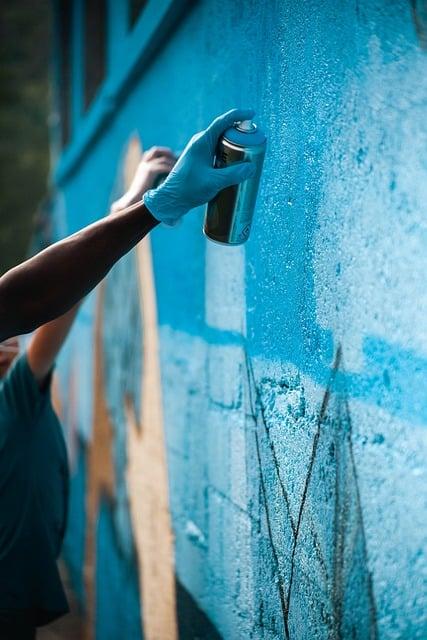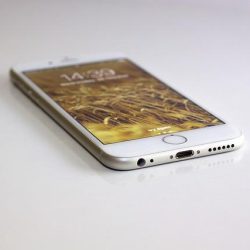Are you ready to unleash your inner composer? Drawing musical notes may seem like a daunting task, but it doesn’t have to be! Imagine being able to sketch out your favorite melodies or create your own compositions with the flick of a pencil. In this article, we’re going to demystify the process of drawing musical notes, breaking it down into simple, manageable steps that will have you mastering this art form in no time. Whether you’re a budding musician, a passionate music lover, or just someone curious about the notation world, we’ve got you covered. So grab your pencil, and let’s dive into the rhythm of creativity!
Understanding the Basics of Musical Notation
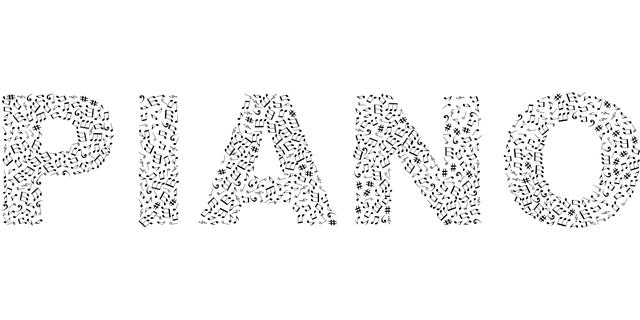
Musical notation is like a hidden language that allows musicians to communicate and share their creativity with each other. At its core, it consists of various symbols representing different sounds, pitches, and rhythms. Just like letters form words, these symbols come together to form melodies. Understanding the basics means getting acquainted with the staff, which consists of five lines and four spaces—each representing different notes. When you dive into this musical world, it’s essential to recognize clefs that indicate which notes are being referred to, such as the treble or bass clef. These symbols act like road signs, guiding you through the music’s landscape.
Another key element in musical notation is note values, which determine how long each note should be held. Think of a note as a word in a sentence; some words are long, and some are short. In music, you’ll encounter whole notes, half notes, quarter notes, and more! Each has its unique shape, and they all play a crucial role in painting the rhythm of a piece. Plus, there are also rests, which indicate silence—yes, even musicians need a breather! So, as you embark on this journey, remember that learning the symbols and their meanings is just like mastering a new dialect; the more you practice, the more fluent you’ll become.
Essential Tools and Materials for Creating Beautiful Notes
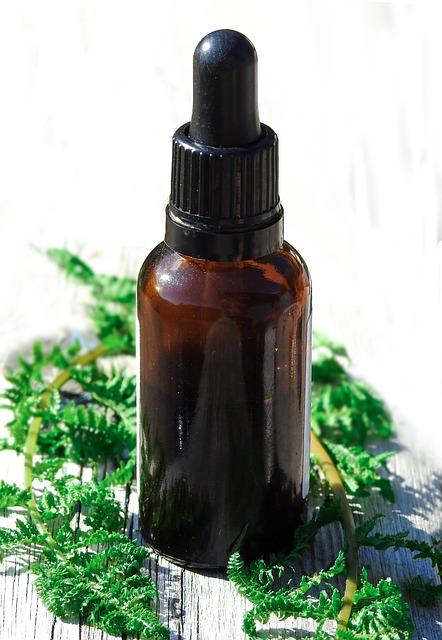
To embark on your musical notation journey, you’ll need a few essential supplies that can transform your scribbles into artistic masterpieces. First off, ensure that you have some high-quality drawing paper. Anything that’s suited for ink or colored pencils will do just fine. A mechanical pencil is a must-have for the initial sketching phase because it gives you precision and cleaner lines. You’re going to want some black ink pens for inking your notes. They lend a polished touch, but don’t forget to swap in some colored pens or markers if you want to jazz up your notes and add some personal flair. If you tend to get messy, a white eraser can be a lifesaver, ensuring that your work remains crisp and professional-looking.
Moreover, consider investing in some music stencils or templates. These can serve as handy guides to shape your notes perfectly—think of them as your musical GPS, helping you navigate the complex notes with ease. A ruler is also helpful for those straight lines in staff paper. Don’t overlook the importance of reference materials such as music theory books or online resources that inspire your creativity and enhance your understanding. if you’re serious about making your musical notes pop, a lightbox is a game-changer, allowing you to trace outlines with precision. With these tools at your fingertips, you’re all set to unleash your creativity and draw musical notes that sing off the page!
Techniques to Enhance Your Note-Drawing Skills
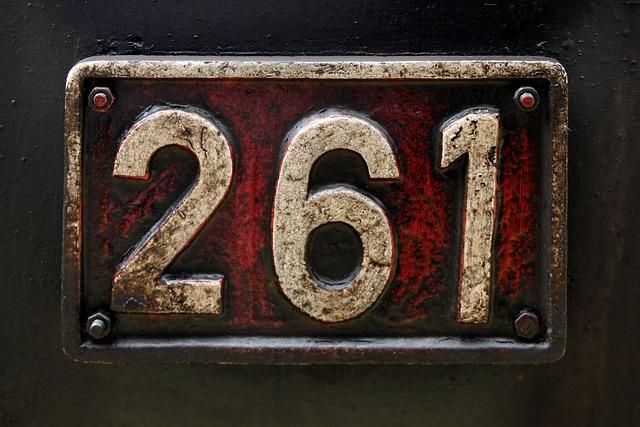
<p>To truly elevate your note-drawing game, practicing consistent shapes and curves is essential. Think of it like sculpting – each note is a mini sculpture waiting to take form on your page. Grab a pencil and let the music flow through you as you draw. It's all about repetition: over time, those treble clefs and quarter notes will transform from awkward sketches into smooth, fluid motions. Try sketching different types of notes like <strong>whole notes</strong>, <strong>half notes</strong>, and <strong>eighth notes</strong> on a blank sheet. You could even imagine them dancing on the staff as they come to life under your fingers. And remember, don’t aim for perfection right away; it’s all about the journey of learning. Always keep some music handy to inspire your creativity!</p>
<p>Another trick lies in understanding the anatomy of each note. Visualize them as characters with distinct personalities: the lofty <strong>whole note</strong> is regal and calm, while the lively <strong>eighth note</strong> hops around with energy. Consider creating a little cheat sheet with their unique features, like stems, flags, and beams, to better memorize their forms. This not only reinforces your drawing skills but also helps you become familiar with musical notation. Here’s a simple table that captures the essence of each note type:</p>
<table class="wp-block-table">
<thead>
<tr>
<th>Note Type</th>
<th>Symbol</th>
<th>Value</th>
</tr>
</thead>
<tbody>
<tr>
<td>Whole Note</td>
<td>♪</td>
<td>4 beats</td>
</tr>
<tr>
<td>Half Note</td>
<td>♫</td>
<td>2 beats</td>
</tr>
<tr>
<td>Eighth Note</td>
<td>♬</td>
<td>1/2 beat</td>
</tr>
</tbody>
</table>
<p>Use this table as a quick reference while you practice, and don’t hesitate to personalize it with your own notes or doodles!</p>
Common Mistakes to Avoid and Tips for Improvement
When diving into the world of musical notes, it’s easy to trip over common pitfalls that can hamper your progress. A major blunder many make is underestimating the importance of proportion and spacing. Imagine trying to read a book with words all crammed together! Properly spacing your notes isn’t just about aesthetics; it plays a vital role in readability and comprehension. Remember, your notes need to breathe, so make sure they’re visually balanced on the staff. Additionally, don’t shy away from practicing difficult notes. It can be tempting to stick with what you know, but stepping into unfamiliar territory will only broaden your artistic horizons.
Another mistake lies in neglecting the dynamics of musical notation. This involves more than just drawing notes; it’s about conveying emotion. Are your notes flat and lifeless, or do they leap off the page with energy? Consider adding accents and expressive markings to your work; they can make a world of difference. It’s similar to how punctuation can change the meaning of a sentence. By integrating these elements, you’ll not only improve your technical skills but also enhance your expressive capabilities. So, grab a pencil, assess your current work, and watch as your musical notes transform from simple markings to vibrant expressions of sound!
| Common Mistakes | Tips for Improvement |
|---|---|
| Neglecting proper spacing | Practice spacing as if it’s a dance floor – give notes room to move! |
| Ignoring dynamics | Incorporate expressive markings to bring your notes to life. |
| Staying in your comfort zone | Challenge yourself by exploring new types of notes and rhythms. |
In Summary
As we wrap up this journey through the intricate yet enchanting world of musical notes, we hope you’ve unraveled the mysteries that once felt intimidating. Just like a melody woven together by skilled hands, mastering the art of drawing musical notes can transform mere scribbles into a symphony of creativity. Remember, every artistic endeavor, just like music, takes practice, patience, and a sprinkle of passion.
So, the next time you pick up your pencil, let your creativity flow as freely as the notes in your favorite songs. With the tips and techniques you’ve learned, feel confident in your ability to capture the essence of music on paper. Whether you’re doodling during a lesson, crafting sheet music, or simply expressing your love for melodies, embrace your unique style. After all, art, much like music, resonates differently with each of us. Now, go ahead and let those notes come alive! Happy drawing!

